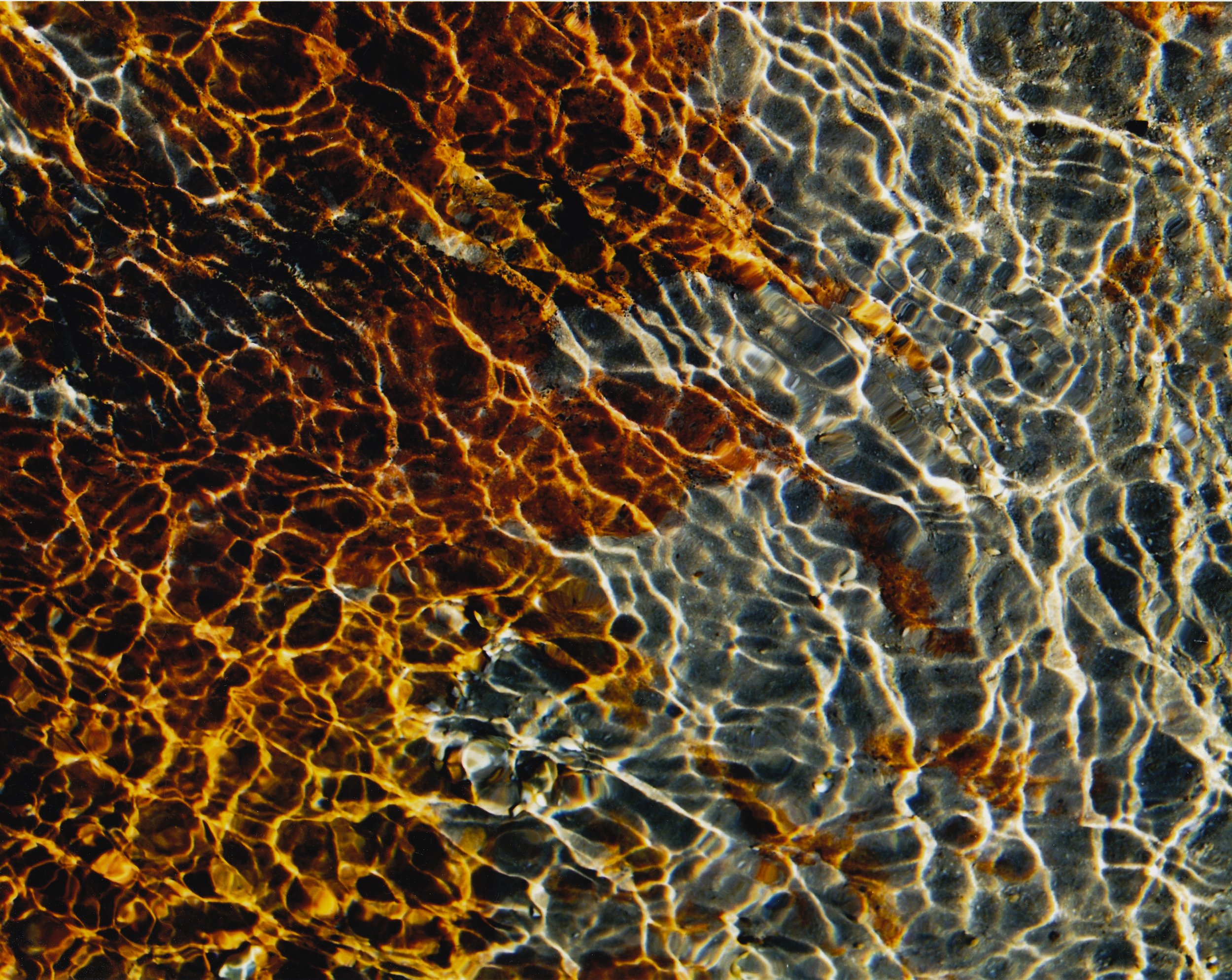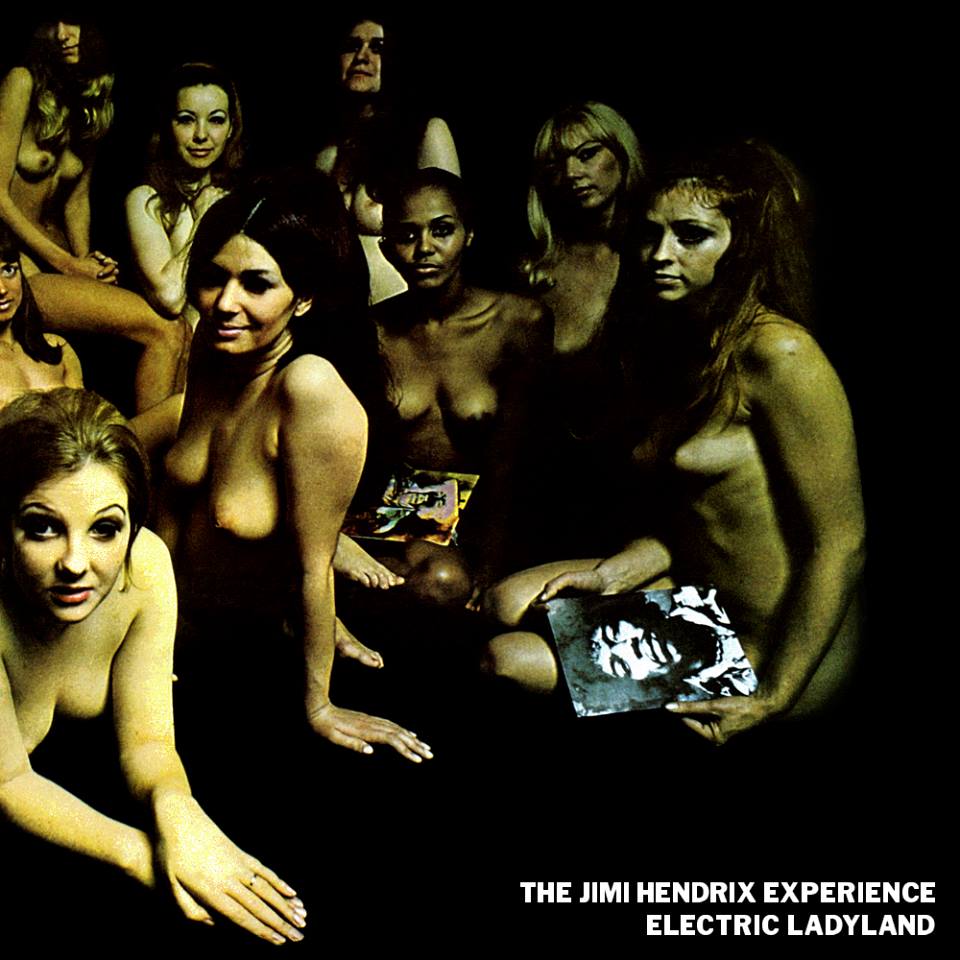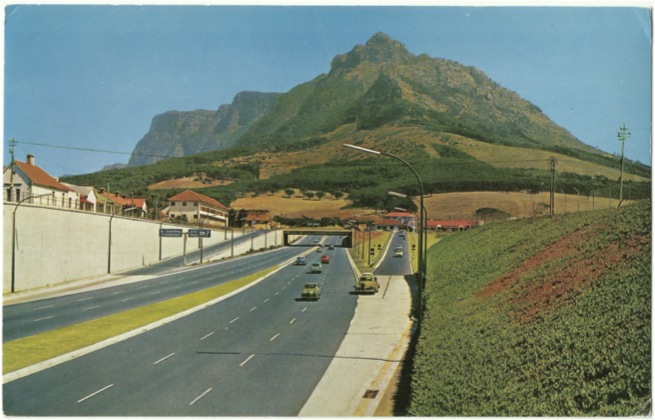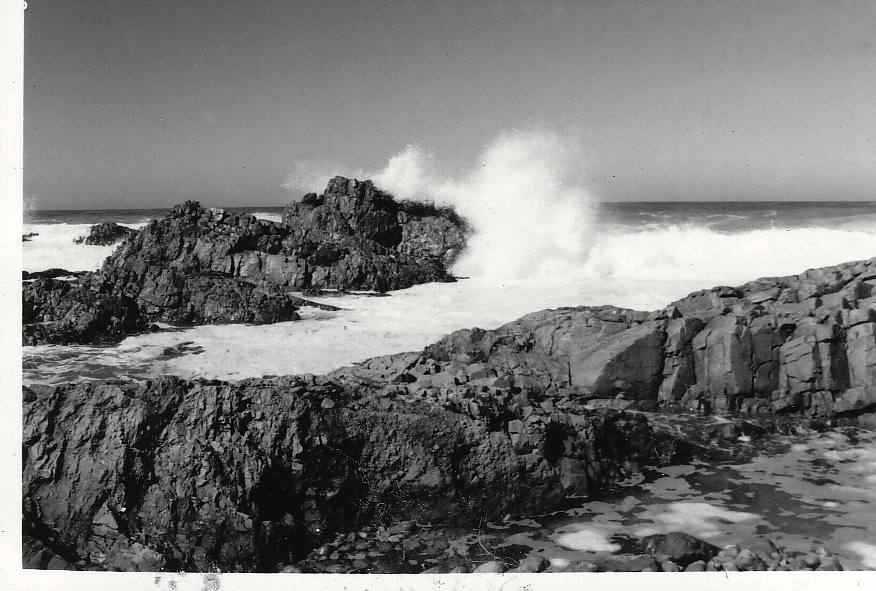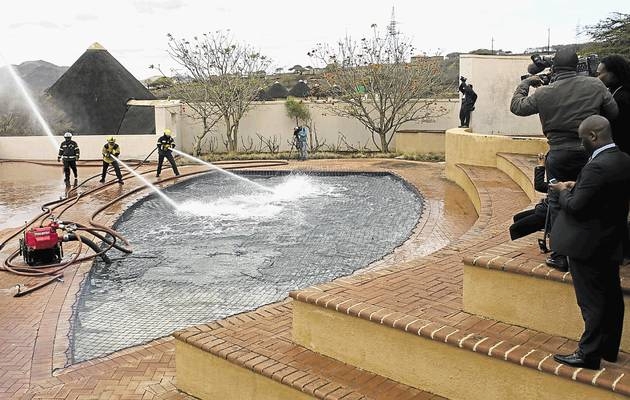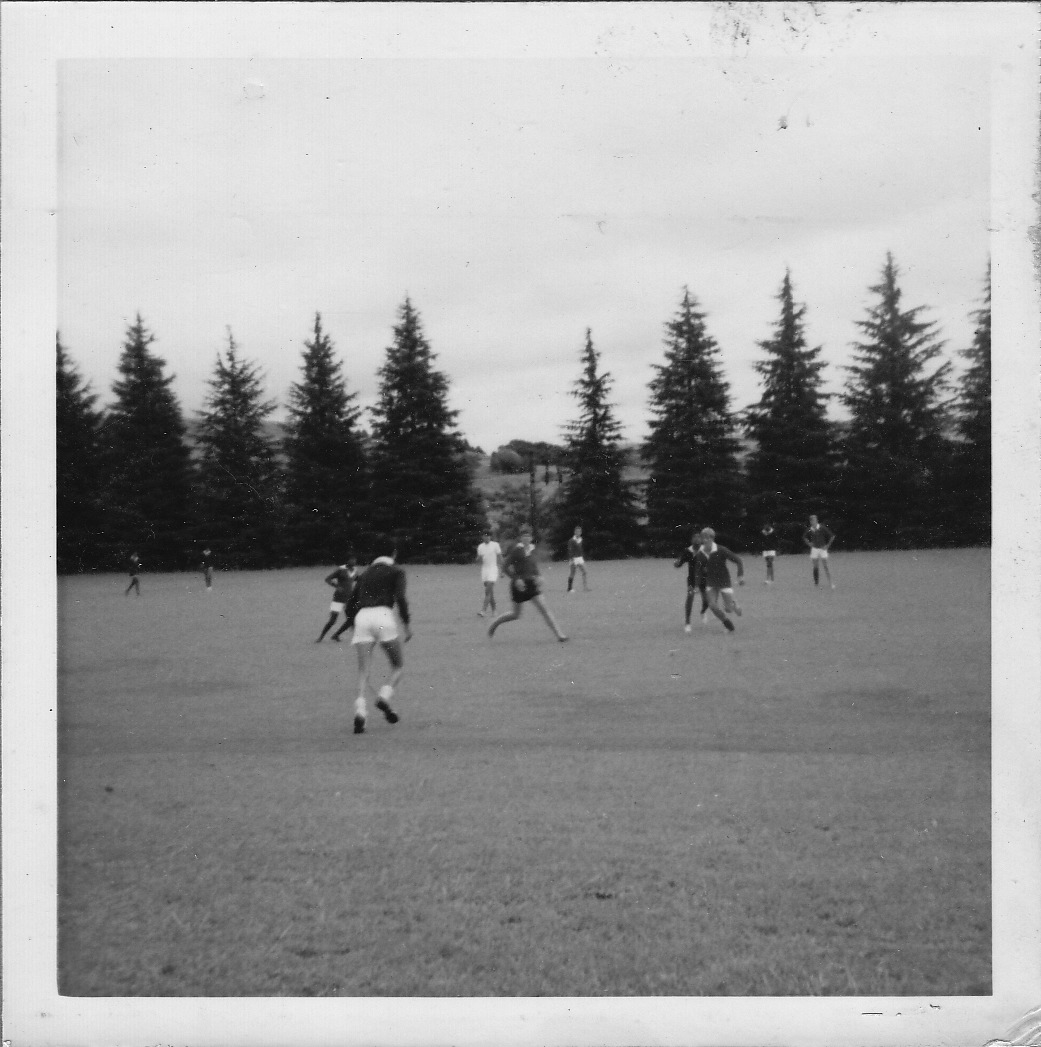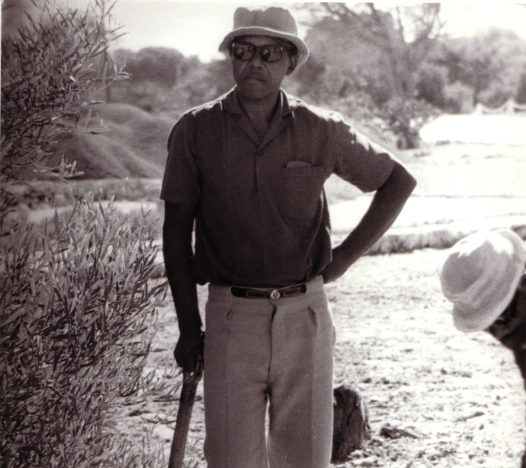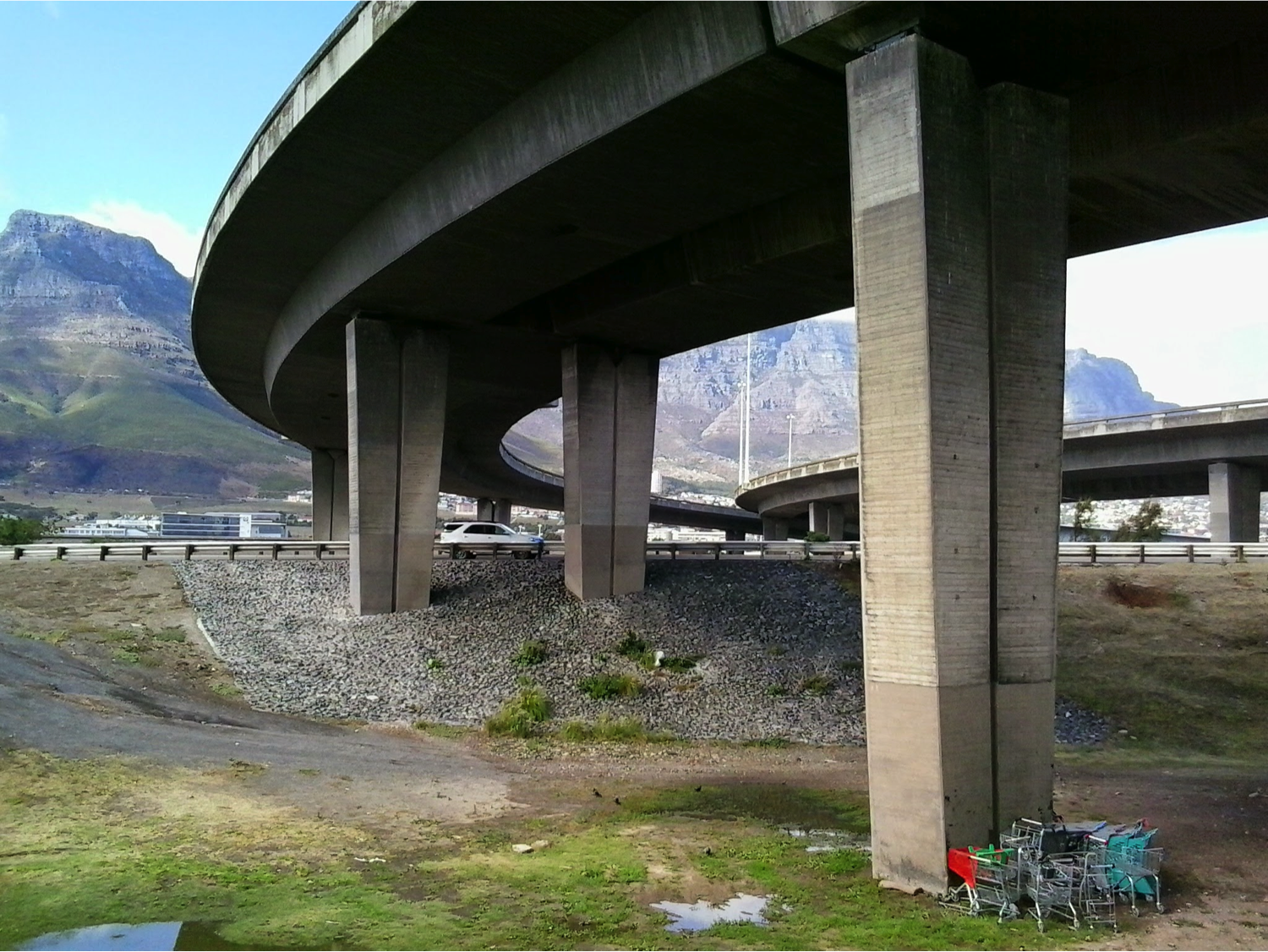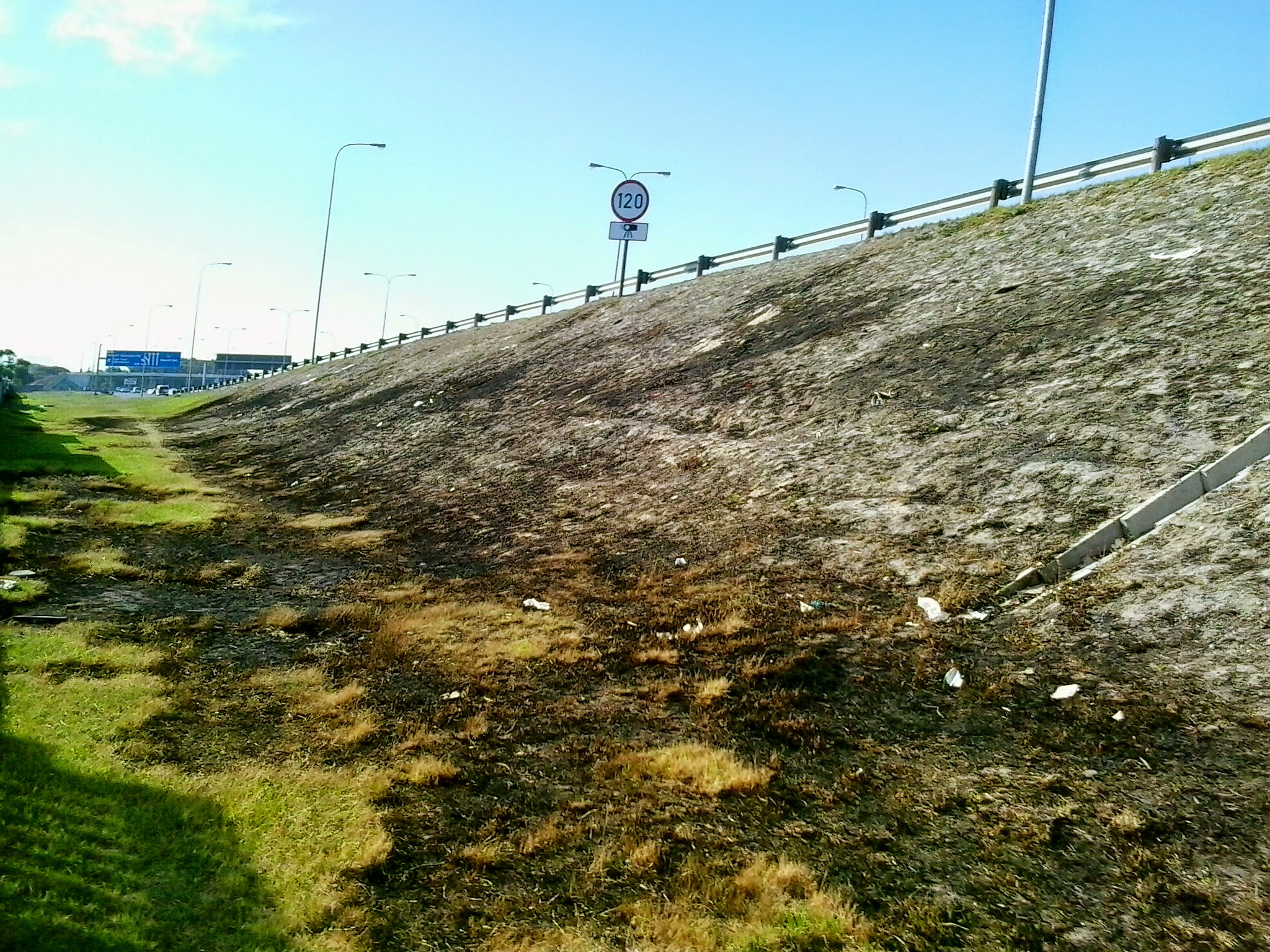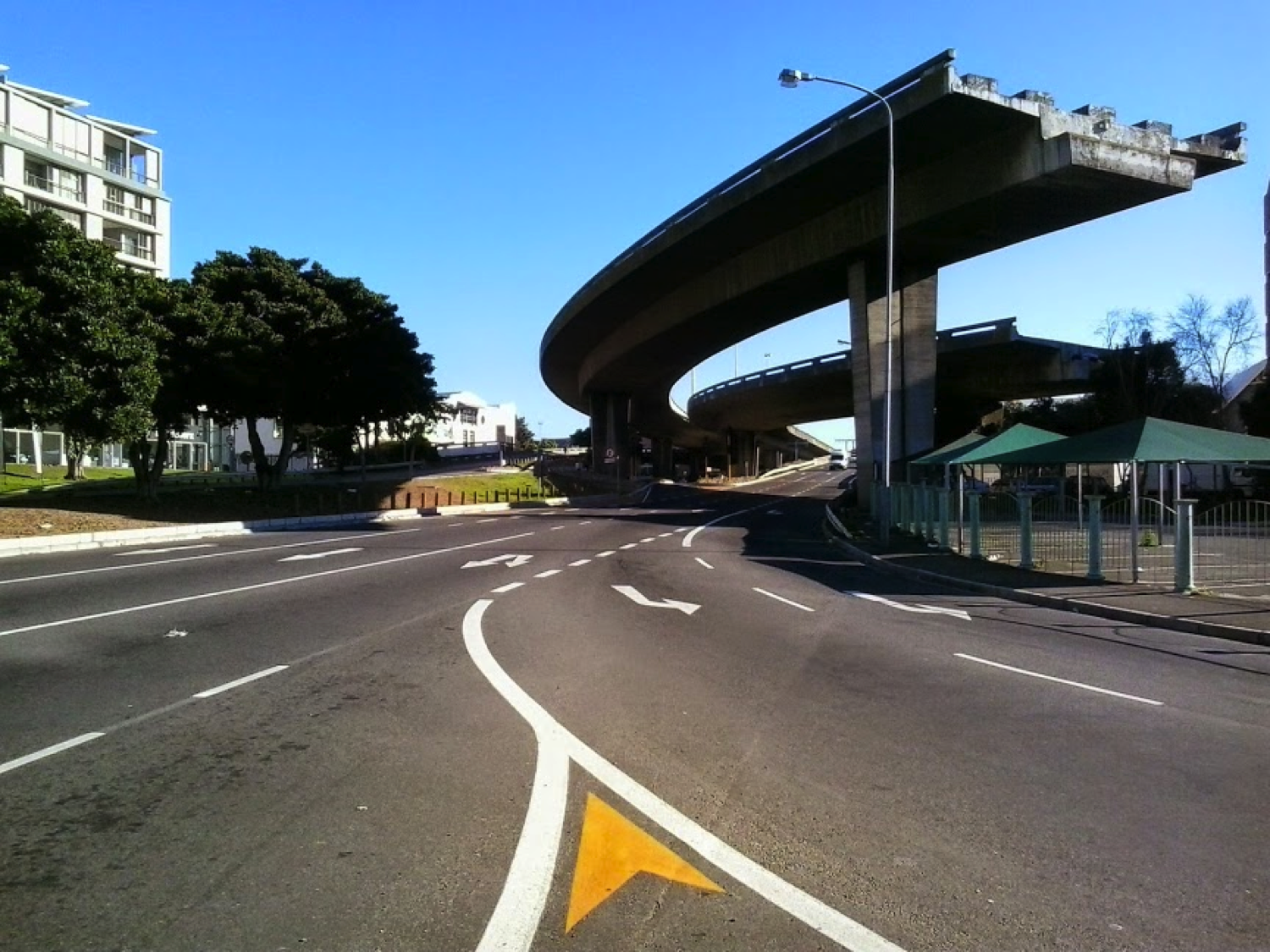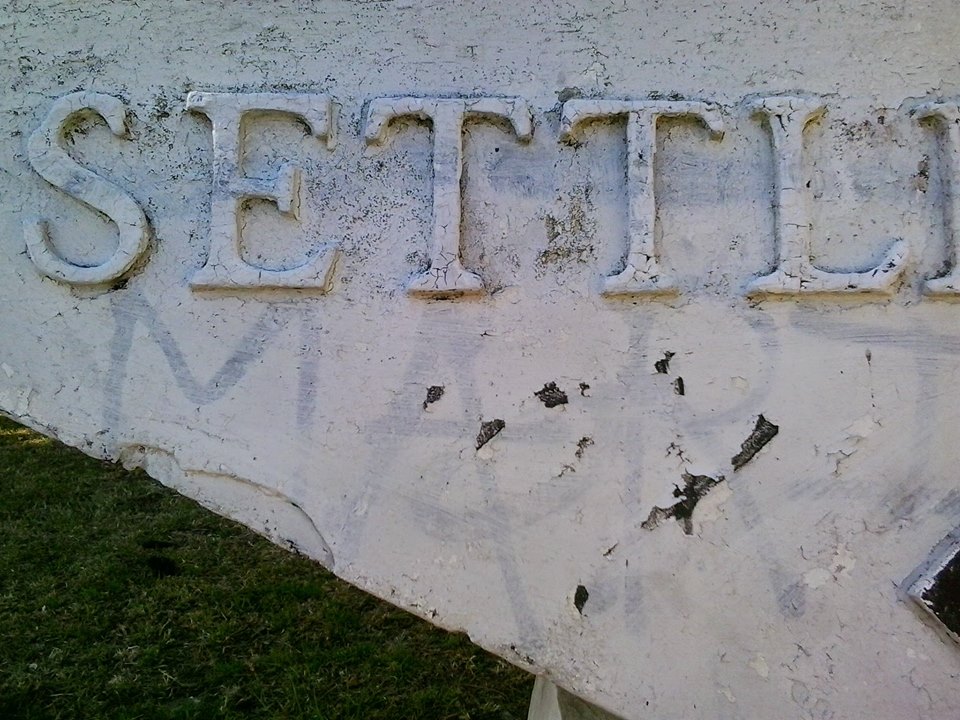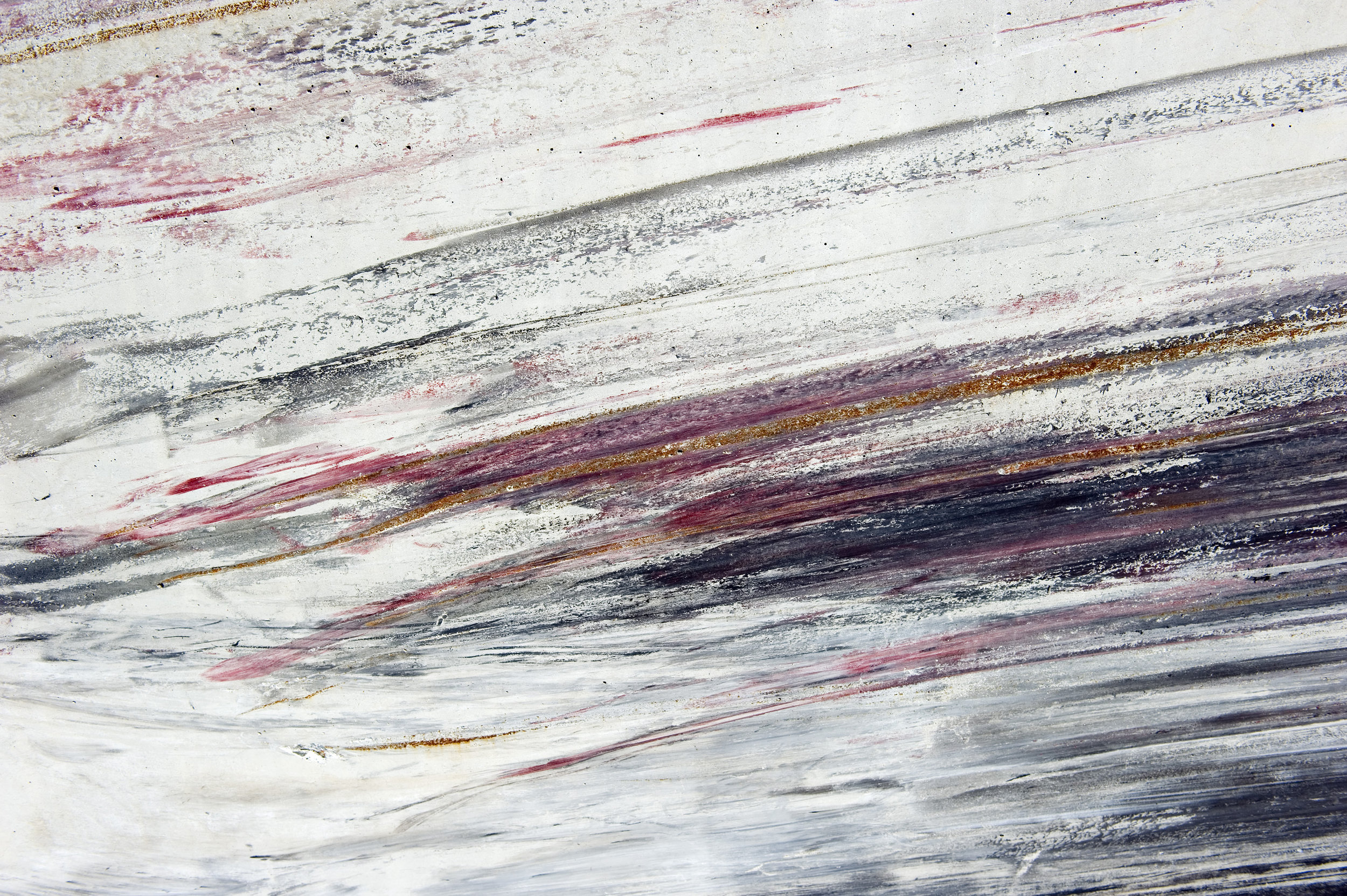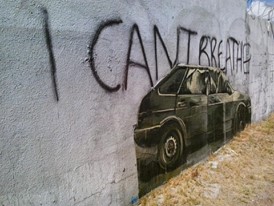From Firepool: Experiences in an Abnormal World.
Minor Literatures, 28 January 2020.
Your father drove you to the trailhead in the small white bakkie. The Tsitsikamma forest pressed up close to the highway, a lush green tunnel. Then it fell away as you sped across the rivers far below, twists of silver flashing in the sun.
The Opel, which your father always referred to as ‘the light delivery vehicle’, was a little corroded from the salt air. After dropping you he would head onwards to Port Elizabeth and get that seen to, also his computer since viruses were slowing down the hard drive, because the locals weren’t up to scratch, workshy hippie types, lackadaisical, had you noticed that since getting back, and by the way would you mind pulling into the next service station for breakfast? It did a good deal.
‘I’m going to be your waitron this morning. Can I tell you about our special offers?’
‘Thank you, but I think we know what we want. Mega breakfast over here, salad burger there, and two coffees.’
‘And for the coffees? Regular, large, or—’
‘Mega.’
You had long ago given up suggesting organic farm stalls set back in the blue gums and embraced your father’s sudden enthusiasm for roadside Megadeals. Coming after decades in which he had barely touched fast food of any kind, it seemed – along with the forays into local radio and his attempt to memorise the full name of every person he met in the whole bay area – a perplexing but heartening thing.
The 1-Stop’s take on the concept of a salad burger was literal: just wilted lettuce and a smear of mayonnaise between two lobes of damp white roll. Your father looked deeply shocked, as if he had been let down on home turf.
Read More










